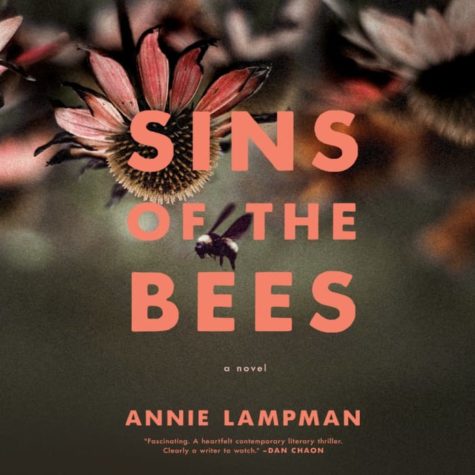The evil thing with the Wriggling Tail

“Animal Farm,” by English author George Orwell, was published on August 17, 1945. The allegory novella was set up to very closely resemble the Russian Revolution of 1917. The story takes place in England during an undisclosed time: it revolves around a bunch of animals that live on a farm. The animals begin to notice the constant years of arbitrary that their farmer pushed onto all of them. The animals decide to rebel against the farmer’s unfair treatment and run him out of the farmland, hoping to create a new life and society for themselves that circulates equality and liberation of their former lives. Ultimately, the farmer returns a few times to try and take back control of the farm and fails miserably almost every time, but the leadership continues to fall and get worse throughout the whole story to the point where many animals die or are murdered and the mighty race “the pigs” took dictatorship of the entire farm. The leader of the pigs was a “threatening and fierce-looking Berkshire pig” named Napoleon, in the beginning of the story the animals wanted to start living as far from a human lifestyle as possible, so they decided to completely get rid of anything that reminded them of the humans. The pigs slowly start to try to weasel their way into the position of the “farmer” of the farm to live the most comfortable life possible, by saying “since we are the smartest animals we need to do these things to keep ourselves in the best conditions and health possible”. Slowly the other animals begin to notice the hypocrisy shown by the pigs; although, it is not safe for them to act on it and try to change them so many just go with it anyway. The farmer decides one last time to come back and try to take back his farm and ends up breaking the windmill they had spent so much time and effort trying to create. The story ends with the pigs behaving and even dressing as the humans the animals had tried so hard to get rid of in the first place.
George Orwell does a very good job at depicting what every scene of the book looked like, the illusions and descriptions of each character, place, and scenery are unmatched. He can keep the reader very interested and engaged with how the characters act around each other and the different states of affairs they end up finding themselves in. It’s important for people to constantly depict certain things that the reader could learn a lot from, but it may be harder for other audiences to handle, into something easier to swallow. Readers could learn a lot of really important lessons from the novel that could possibly make you view your life and the world in a very different light.
Although this is a very engaging, unapologetically fascinating story, there could’ve been more insight into what was happening on the other farms around them; as well as, Mr.Jones himself. It would’ve been interesting to see what lengths the other farmers would’ve gone to, to keep their animal’s nescience from the animal farm. Seeing more of what life was like with Mr.Jones in charge of the farm could’ve made more of an understanding or impact on the readers to see what else drove the animals to want to revolt against their farmer. But, the story does a good job of depicting how the animals’ lives were affected by Mr.Jones.
In conclusion, “Animal Farm,” by George Orwell is a very well told, engaging story of what can drive conscience beings to revolt against their old lives towards something new and stick with that idea because they are afraid of having to go back to what their lives were like before the “liberation”. The animals were willing to deal with the mistreatment from the pigs because they believed in dealing with one of their own kinds complications rather than an uncontrollable force.


